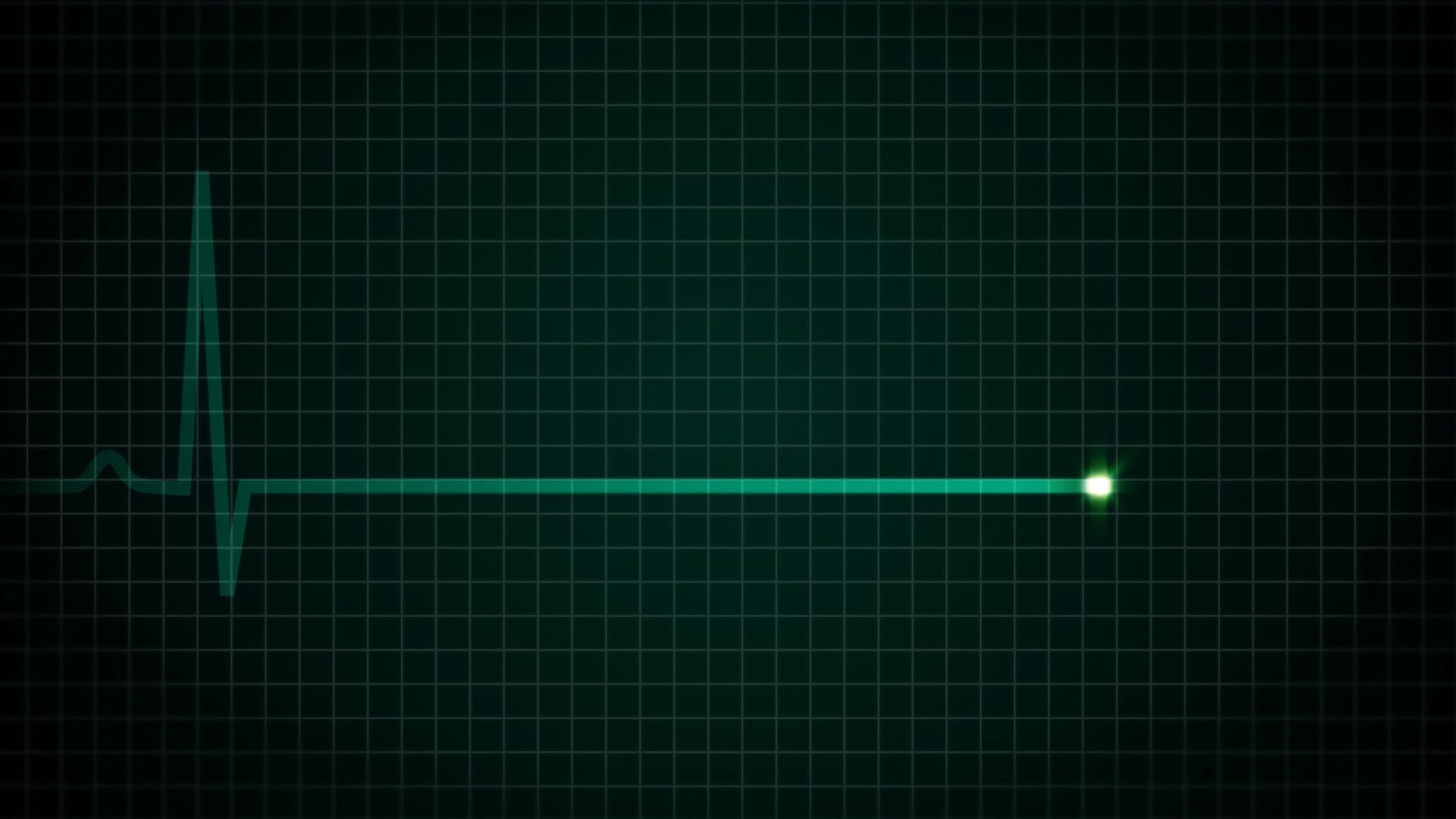
The Survival Rate of Asystole: A Comprehensive Look
Asystole, commonly known as flatline, is a condition characterized by the complete absence of any form of electrical activity in the heart. It’s often portrayed dramatically in movies and television when a patient’s heartbeat monitor flatlines. But beyond the Hollywood representation, asystole is a serious and often fatal medical emergency. Here’s a detailed look at the survival rate of asystole, including insights from credible sources and answers to frequently asked questions.
Understanding Asystole
Asystole is typically a terminal event, often ensuing from severe systemic disease, myocardial damage, or toxicity. It’s marked by the absence of both the QRS complex (the combination of three of the graphical deflections seen on a typical electrocardiogram) and the P wave (the first short upward movement of the ECG tracing). It’s a cardiac arrest rhythm with no discernible electrical activity, hence, it’s also known as a flatline1.
Survival Rates of Asystole
In terms of survival rates, the outlook for asystole is grim. The survival rate is generally less than 2%2. A large-scale study conducted in 2006 involving more than 20,000 cases found that less than 2% of patients suffering out-of-hospital cardiac arrest from asystole survived to hospital discharge3.
This statistic can be startling, but it’s important to understand the context. The survival rate is low primarily because asystole is often the final rhythm in the cardiac arrest sequence. By the time it occurs, extensive heart damage is usually present, making successful resuscitation incredibly challenging.
Frequently Asked Questions
What Causes Asystole?
Asystole is typically a result of severe heart disease but can also be caused by severe trauma, significant blood and fluid loss, or an overwhelming infection known as sepsis4.
Can Asystole Be Reversed?
While there are reported cases of successful resuscitation, it’s important to note that these are exceptional circumstances. The primary treatment for asystole is cardiopulmonary resuscitation (CPR) and administration of certain medications, like epinephrine, under advanced cardiac life support (ACLS) protocols5.
Is Defibrillation Used for Asystole?
Defibrillation is not used in asystole. This is because a defibrillator works by resetting the heart’s electrical rhythm, but in asystole, there is no electrical rhythm to reset6.
Conclusion
Asystole is a grave cardiac condition with a notably low survival rate. Swift recognition and immediate initiation of CPR and advanced life support are crucial for any chance of survival. However, even with these measures, asystole is often non-survivable due to the extensive heart damage typically present by the time it occurs. The statistics can be alarming, but they underscore the importance of heart health, early detection, and intervention in cardiac disease.
Footnotes
- American Heart Association. (2020). Adult Advanced Cardiovascular Life Support.
- Meaney, PA., et al. (2010). Cardiopulmonary resuscitation quality: improving cardiac resuscitation outcomes both inside and outside the hospital: a consensus statement from the American Heart Association.
- Kajino, K., et al. (2008). Predictors of survival from out-of-hospital cardiac arrest: a systematic review and meta-analysis.
- National Heart, Lung, and Blood Institute. (2021). Sepsis.
- American Heart Association. (2020). Adult Advanced Cardiovascular Life Support.
- American Heart Association. (2020). Defibrillation.
Find a CPR Certification Class Near You!
More Articles



